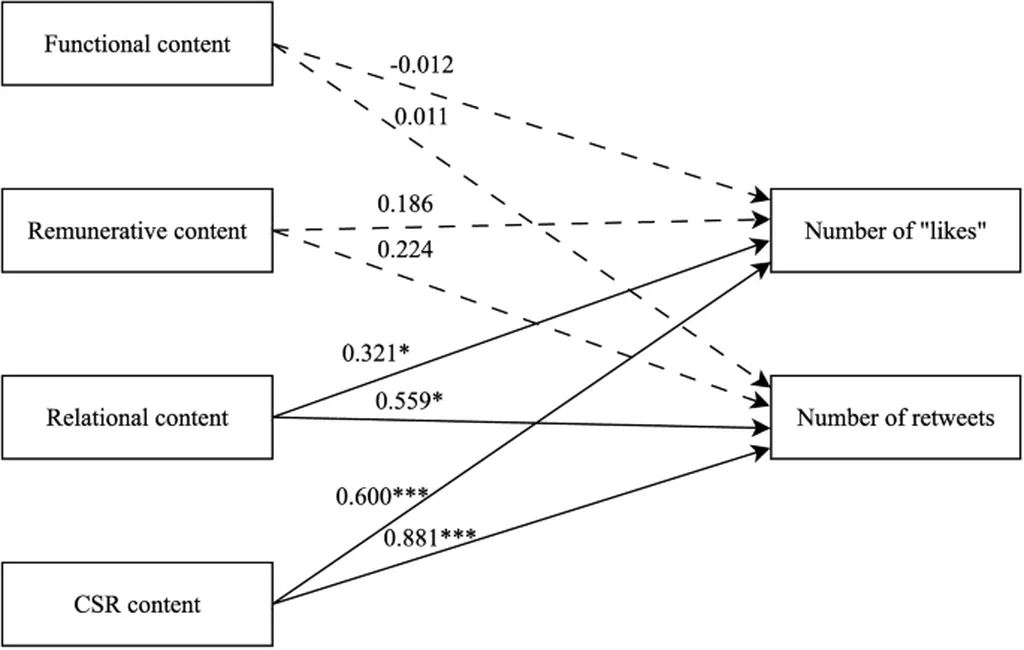In the heart of Urmia, Iran, a quiet revolution is taking place, not in the fields, but on digital platforms. As the world shifts towards digital marketing, understanding what drives consumers to engage with these platforms is crucial, especially in the agricultural sector. A recent study published in the Journal of Agricultural Economics and Development (مجله اقتصاد و توسعه کشاورزی), led by M. Molaei from the Department of Agricultural Economics at Urmia University, sheds light on this very issue.
The study, titled “Digital Agricultural Marketing: Determinants of Consumer Engagement Intentions in Urmia, Iran,” collected data from 385 respondents and analyzed it using a logistic regression model. The findings reveal that several factors significantly influence consumer intentions to engage with digital marketing of agricultural products. “Perceived usefulness, perceived ease of use, trust, information quality, and social influence all play a pivotal role,” Molaei explains. These factors are not just academic concepts; they are practical tools that can shape the future of agricultural marketing.
Demographic factors also emerged as key players. Age, for instance, showed a negative impact, suggesting that younger consumers are more inclined towards digital engagement. Conversely, education level and income positively influenced engagement intentions. “This indicates that as consumers become more educated and financially stable, they are more likely to engage with digital platforms,” Molaei notes.
One of the most striking findings was the strong predictive power of prior online purchase experience. Consumers who had previously made online purchases were more likely to engage with digital agricultural marketing. On the other hand, price sensitivity showed a marginally significant negative effect, hinting that consumers who are highly sensitive to prices may be less likely to engage with digital platforms.
So, what does this mean for the future of digital agricultural marketing? The study provides a comprehensive model for understanding consumer behavior, offering valuable insights for marketers. “Developing user-friendly platforms, prioritizing trust-building mechanisms, and tailoring strategies to different demographic segments are crucial steps,” Molaei advises.
The implications of this research extend beyond Urmia. As digital platforms continue to transform traditional marketing approaches, understanding consumer engagement becomes increasingly important. This study not only contributes to the academic literature but also provides practical guidance for marketers in the agricultural sector.
In a world where digital transformation is reshaping industries, this research serves as a beacon, guiding marketers towards more effective and consumer-centric strategies. As Molaei puts it, “The future of agricultural marketing lies in understanding and leveraging these digital platforms.” With this study, we are one step closer to unlocking that future.

